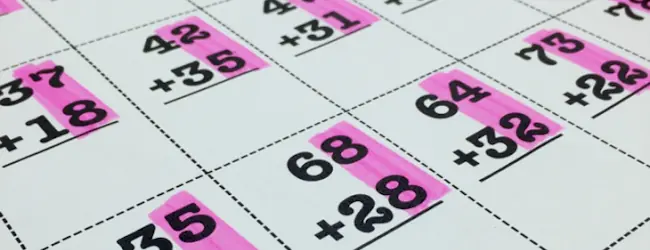In the previous article (this article), I introduced another way to solve problems: changing the problem itself instead of finding an answer. Today, I will talk about it more.
How to get new ideas to solve problems
Sometimes, we want new ideas to solve our problems and improve our lives. You might also have a problem that you cannot solve for a long time.
One hidden problem is stagnation. Even though it is a problematic state, we get used to it and forget about the problem if we are in the same situation for a while. That makes us suffer from daily life without being aware of what the essential problem is.

That is why we want new ideas, including remembering what we originally wanted in our lives.
However, we sometimes cannot have such a new idea. Without circumstances changing, getting new ideas is often hard.
Today, I will introduce another way to find a new idea. Changing the problem itself could give us new ideas. This concept might give us hope.
Two approaches to solving a problem
There are two approaches to solving a problem, as I introduced in the previous article. They are as follows:
- Finding an answer: We assume the problem is right. If the problem itself has a problem, we cannot solve it. In other words, no answer can be the right one.
- Correcting the essence of the problem: We doubt the problem itself and try to find a true cause. If we can set a problem properly, there is a clear answer.

If we believe there is always a clear answer, it often makes us stagnant because there could be no answer. There are many recursive or contradictory problems that we never solve.
In this case, the true problem is our belief. In other words, we already have the right answer. We know we cannot answer it, so we cannot do anything but postpone thinking about the problem.
Doubting the problem
To doubt the problem itself, try thinking about the question, as follows:
- “What if the problem is not an essential one?”
- “What if this problem is only one aspect of another problem?”
- “What if I am misunderstanding the truth of this world?”

Sometimes, remembering the desires we originally had shows us the true problem.
The mental state when we find the essential problem
We have to be honest with ourselves to get to the essential problem.
We sometimes lie to ourselves because we want to believe we are always correct. In this case, we tend to blame someone else, such as other people’s faults, the world’s fault, or the past’s fault.
Although they are sometimes true, such behavior prevents our changes.

We don’t have to protect ourselves from the truth because essential problems never hurt us. It is only an aspect of this world. It gives us hope to live our lives. Wrong problems with no answer exhaust us, and improper assumptions hurt us.
Deciding based on probability
In such a mental state, we don’t assume the outcome. It is a matter of probability. There is always the possibility of misunderstanding and unexpected.
Although we don’t know the outcome clearly, we decide based on possibility.

The low possibility doesn’t mean we don’t choose. It sometimes gives us an opportunity. Even with only a 10% probability, we might feel, “If it works if I try 10 times, it is worth doing!”
Perhaps trying to be clear about the outcome is the flip side of anxiety. A confident person can make decisions based on possibility.
Conclusion
If we want new ideas to solve our problems, trying to doubt the problem itself could work.
Changing the problem itself gives us a new idea.
This approach might allow us to solve our problems and give us hope.
Thank you for reading this article. I hope to see you in the next one.


